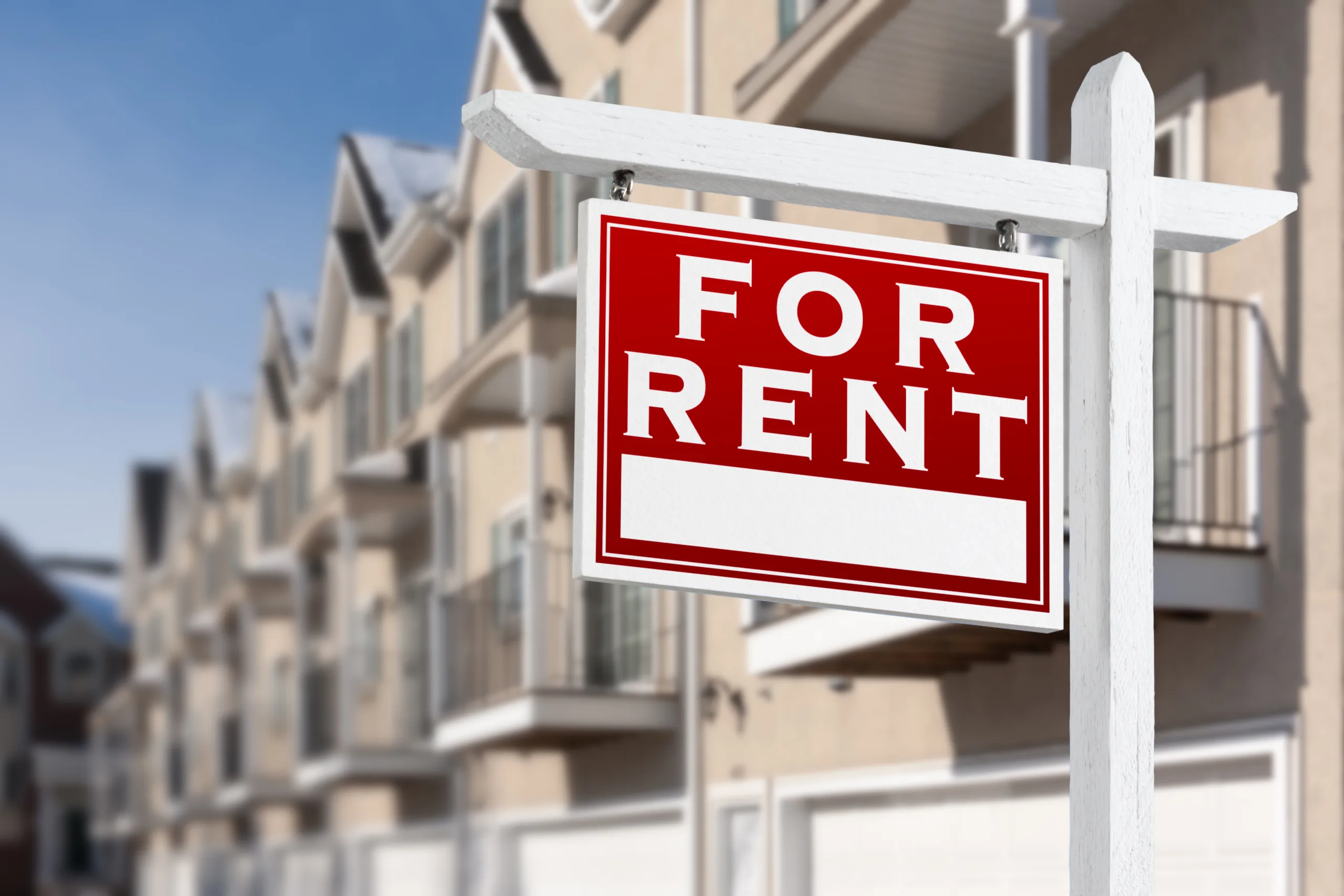- In 2024, 32.5% of Americans ages 18–34 lived with their parents—up from 31.8% in 2023—signaling renewed financial strain for young adults.
- New Jersey (44%), Connecticut (41%), and California (39%) topped the list, with affordability challenges linked directly to the trend.
- States where renters are most cost-burdened see higher rates of young adults staying at home, especially in coastal and urban markets.
A Trend Reverses
After a gradual post-COVID decline, multigenerational living increased again in 2024, as reported by NAHB. More young adults aged 18–34 lived with their parents. This trend comes from new data in the American Community Survey. The rise—from 31.8% in 2023 to 32.5%—highlights the stubborn influence of affordability barriers, particularly in housing.
The latest number is still below the 2017 peak of 34.5%. However, the increase shows economic pressures on young adults remain unresolved.
Regional Disparities Tell The Story
Geospatial analysis of the 2024 data reveals sharp geographic disparities. In high-cost coastal states, young adults are significantly more likely to live with their parents:
- New Jersey: 44%
- Connecticut: 41%
- California: 39%
- Maryland: 38%
In contrast, states in the Northern Plains show the lowest shares:
- North Dakota: 12%
- South Dakota: 18%
- District of Columbia: <13%
The data reflects a broader pattern: where housing is less expensive and the job market is stable, fewer young adults are living at home.
Get Smarter about what matters in CRE
Stay ahead of trends in commercial real estate with CRE Daily – the free newsletter delivering everything you need to start your day in just 5-minutes
Cost Burdens, Not Culture
While some might attribute this trend to cultural or lifestyle preferences, the data says otherwise. States with a high percentage of cost-burdened renters spend over 30% of income on housing. These states also have more young adults living with their parents.
This suggests that rising rent costs, rather than changing attitudes, are driving the shift.
What To Watch
Current ACS data doesn’t differentiate between the 18–24 and 25–34 age brackets, which limits insight into whether college-age adults are primarily responsible for the increase. The forthcoming ACS public microdata will be key to parsing this further and understanding how older young adults, many of whom should be in the workforce, are faring.
Bottom Line
The 2024 rise in young adults living at home reflects growing housing unaffordability. Coastal states are especially affected by high costs. Without progress on rental affordability and wage growth, more young adults may delay financial independence.

















